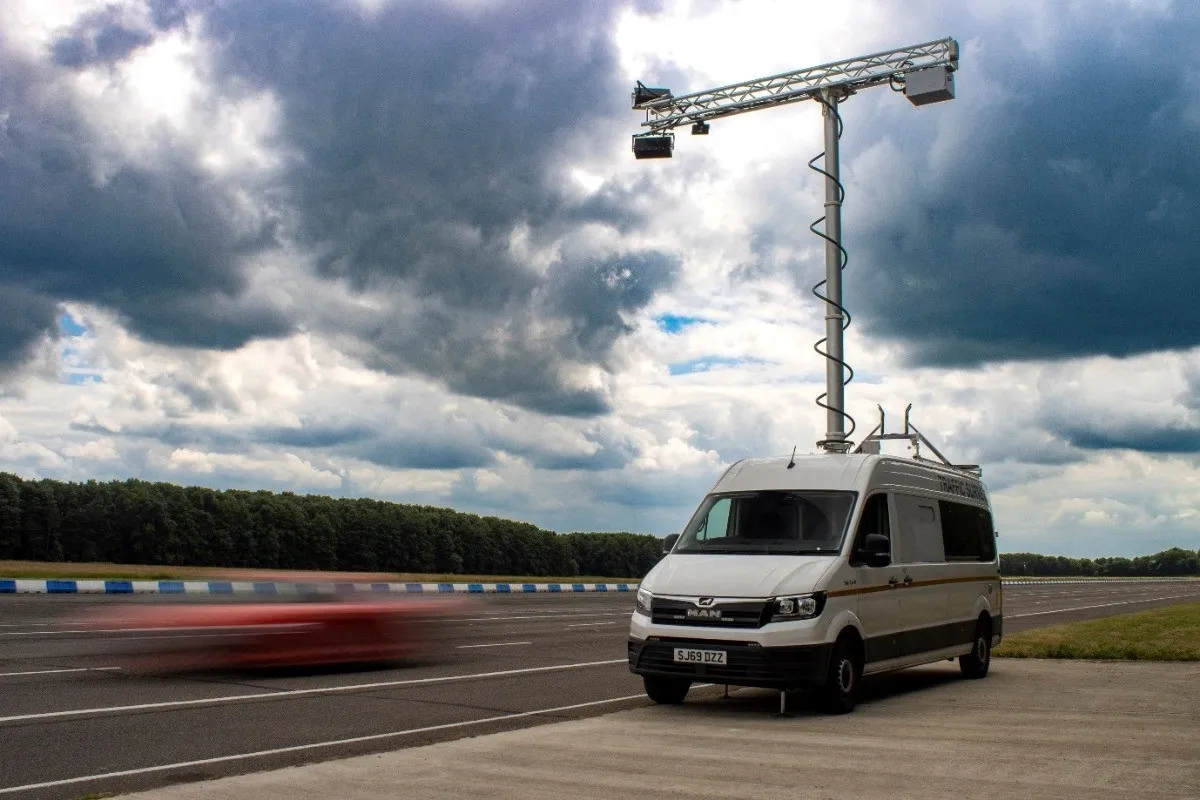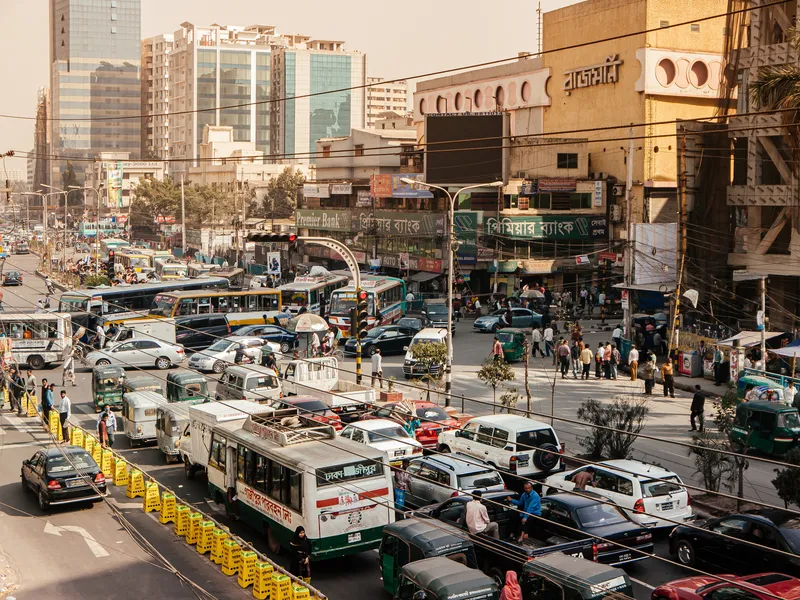
Mobility demand has been increasing steadily over the last few decades, but this mobility has come at a terrible price: the more we move, the more we are exposed to the risk of accidents, severe injuries and even fatalities. If we want to reduce this to a grim equation, we could say that the probability of being in an accident is equal to exposure (measured in total distance travelled) multiplied by risk (the probability of injury per kilometre travelled).
So how do we reduce the risk part of the equation? According to the 2022 European Road Safety Observatory, transportation fatalities - particularly road-related fatalities - have been steadily decreasing; this means that risk has not only fallen, but has outpaced the increase in exposure, i.e. the amount of travelling. This is the result of various public administrations pushing for stricter safety requirements, which have resulted in the development and widespread adoption of vehicle technologies like seatbelts, seatbelt pre-tensioners, anti-lock braking systems, airbags, electronic stability control and deformable chassis. Nonetheless, the European Commission’s Vision Zero Policy aims to reduce the risk to zero, with no severe injuries or fatalities at all, as outlined in in the EU Road Safety Policy Framework 2021-2030.
The challenge for researchers, paradoxically, is that the reduced number of severe crashes, although a good thing, means that it takes longer to gather crash data. As each new technology is introduced, a minimum of crash data is required to show an undeniable statistical trend, and this is taking longer and longer with each new successful safety increase.
What is the SAFE-UP research project?
The EU-funded SAFE-UP project aims to develop new technologies and frameworks that enable safer roads in future scenarios. For example, developing new seat restraints that work in a reclined position, so people can rest in automated vehicles (AVs) while travelling; or developing tools to detect conflict points in an environment with AVs and vulnerable road users (VRUs). While the seat example can be tested by physically building new seats, the latter type of development obviously needs to be tested in a virtual scenario as AVs are still not on the roads.

This requires computer-based simulations, which allow us to simulate tens of thousands of kilometres travelled – the quantity is only limited by the computational power available. A simulation framework greatly speeds up the validation of safety technology, allowing faster implementation and potentially saving more people from major injuries. In the SAFE-UP project, Aimsun Next transport simulation software served as the integration platform for a range of different safety behavioural models. The Aimsun Next platform managed all the models and also provided the architecture for anything not explicitly modelled in SAFE-UP, like the road network.
How can we integrate different behavioural models?
Five different behavioural models were integrated for the SAFE-UP simulations: for human drivers, motorbikes, bicycles, pedestrians and AVs.
• The human driver model was supplied by SAFE-UP partner, TNO; this model allows us to model distracted driving - caused by factors like tiredness or using a mobile phone - by fine tuning the different input parameters. The equivalent of this model for motorbike riders was provided by the Università degli Studi di Firenze.
• The bicycle and pedestrian models were both provided by the Institute for Automotive Engineering (ika), at RWTH Aachen University. Modelling how pedestrians cross a road has to take their limited perception capability into account; cyclists bring additional uncertainty in terms of their lateral position and slower speed than motorcycles.
• SAFE-UP lead partner, Applus+ IDIADA, provided the model of how AVs behave, to aid assessment of future safety scenarios.
Using a synthetic road network
These models then run within the simulation in a road network, which can be based either on a real-world example or a synthetic network. The SAFE-UP team used a synthetic network to keep the simulation as simple and small as possible, ensuring shorter simulation times to achieve the same amount of useful data.
These synthetic networks mimic most of the conflict points that naturally happen in the city in the most compact and efficient manner. For the SAFE-UP project, the team used a synthetic network from CARLA, an open-source simulator for autonomous driving research, importing CARLA Town 7 into Aimsun Next.
What are the benefits of cloud computing?
While the system as set out so far enables us to examine risk exposure, the detailed nature of the simulated agents (along with their sheer number) requires extra computational effort to ensure that sufficient data is available for analysis from a wide range of replications (also known as ‘runs’). As a result, this framework needs to be used in a highly scalable computing environment, in other words, a public cloud computing infrastructure. The SAFE-UP project used Amazon Web Services (AWS).
The speed benefits from cloud computing are two-fold: not only can simulations run faster as their computational power is not limited, but multiple simulations can be run in parallel. However, there is one minor drawback with this solution, which is that is adds integration complexity as all the models need to be integrated both with Aimsun Next and AWS in the cloud.
Simulations can now also be launched and left to run unattended: the command to launch a given number of simulations with their specific parameters is set up, and the simulations execute automatically. When one simulation finishes, the results are stored and the next one is launched with slightly different behavioural settings and so on, allowing perfectly controlled sensitivity analysis.
All that remains is to analyse the results and see if they reveal either successful safety enhancements or future weak spots in road safety.
In summary, using Aimsun Next as the integration platform for multiple behavioural models in SAFE-UP has saved a great deal of time and money compared to an integration from scratch. On top of that, Aimsun Next has proved its capabilities beyond the typical scope of traffic engineering by being successfully used to perform safety analysis.
Content produced in association with Aimsun










